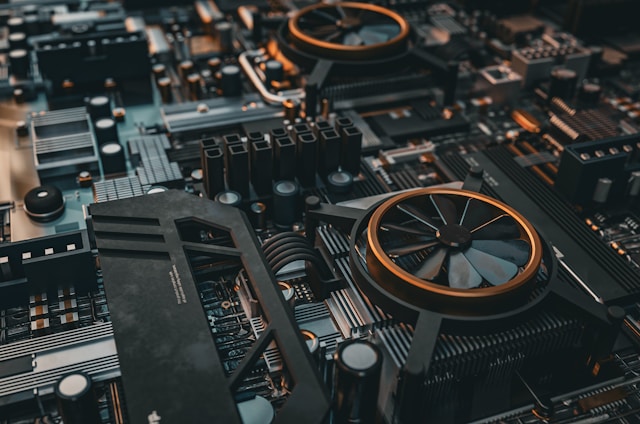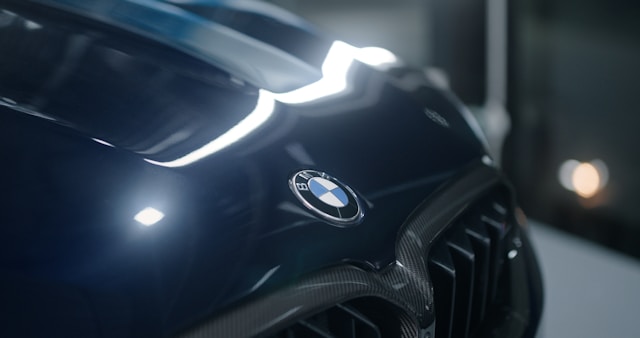In the ever-evolving world of luxury SUVs, the BMW X5 continues to redefine standards through cutting-edge innovation, unmatched performance, and contemporary design. As BMW sets its sights on the future, the brand’s blueprint for the X5 is not merely a continuation but a reinvention—where sustainability meets technology and performance is reimagined for a new era. The future product plan for the BMW X5 reflects the brand’s commitment to innovation and its strategic direction in the face of electrification, autonomous driving, and changing consumer expectations.
The Historical Legacy of the BMW X5
Launched in 1999, the BMW X5 carved out its own segment, becoming the first Sports Activity Vehicle (SAV) to offer the driving dynamics of a sedan combined with the utility of an SUV. Over the decades, it has grown into a flagship model for BMW, exemplifying the brand’s core values of performance, luxury, and precision engineering. The continued evolution of the X5 not only underscores BMW’s technical prowess but also its ability to anticipate and respond to global automotive trends.
BMW’s Strategic Roadmap to Electrification
One of the most pivotal changes in the BMW X5’s future is the transition to electrification. BMW has already introduced plug-in hybrid versions of the X5, but the brand is now intensifying its efforts with plans for a fully electric X5 model. This move aligns with BMW’s broader sustainability goals, which include reducing carbon emissions throughout the vehicle lifecycle and transitioning to a fully electric portfolio in the coming decades. The future X5 will likely incorporate BMW’s fifth-generation eDrive technology, providing impressive range and performance while minimizing environmental impact.
Sustainability as a Driving Force
Sustainability isn’t just a buzzword for BMW—it’s a strategic imperative. The next-generation BMW X5 will feature extensive use of recyclable materials, sustainable leather alternatives, and energy-efficient manufacturing processes. BMW aims to make the X5 a leader in the eco-conscious luxury SUV segment, positioning the model as an environmentally responsible yet high-performance vehicle. This approach resonates with a growing demographic of environmentally aware consumers who seek vehicles that reflect their values.
Advanced Driver Assistance and Autonomous Capabilities
Another significant area of development in the BMW X5’s future product plan is the advancement of autonomous driving features. BMW is investing heavily in its Driving Assistant Professional suite, which will eventually allow for Level 3 autonomy under specific conditions. This includes hands-free driving in certain traffic scenarios and enhanced safety mechanisms to prevent accidents. These features will be integrated seamlessly into the user experience, reaffirming BMW’s reputation for intelligent innovation.
Connected and Intelligent Interiors
Inside the cabin, the future BMW X5 will push the envelope of digital interaction. Expect a more intuitive and responsive iDrive system, possibly integrated with BMW’s Digital Key, augmented reality heads-up displays, and advanced voice assistants. These features will provide a personalized and immersive driving experience, reinforcing BMW’s philosophy of the “Ultimate Driving Machine.”
Design Language and Aesthetic Evolution
The aesthetic of the next BMW X5 will retain its muscular stance and sporty elegance but with more refined and futuristic elements. BMW’s signature kidney grilles will be updated to reflect both form and function—serving aerodynamic and sensor integration purposes. LED and laser headlight technologies will likely become standard, with sleeker lines and sustainable paint options adding to the visual appeal.
Performance and Engineering Innovations

Performance will always be a core pillar of BMW’s identity, and the X5 will continue this tradition. Future models will incorporate adaptive suspension systems, advanced torque vectoring, and refined powertrains to deliver a driving experience that is both thrilling and efficient. BMW’s focus on lightweight construction through materials like carbon fiber-reinforced plastics (CFRP) and aluminum will enhance agility without compromising safety.
Global Production and Supply Chain Enhancements
BMW’s Spartanburg plant in South Carolina, which is the main production facility for the X5, is also undergoing transformations to support the model’s future roadmap. Investments are being made in battery assembly, robotics, and sustainable energy sources to ensure that the future X5 is as responsible to produce as it is to drive. These changes not only prepare the facility for the demands of electrification but also align with BMW’s global vision for a sustainable supply chain.
The Rise of Personalization
Modern consumers expect customization, and BMW is stepping up to meet this demand. The future X5 will offer expanded options for personalized trim, infotainment configurations, driving modes, and software packages. Through BMW’s ConnectedDrive Store, users will be able to upgrade their vehicles over the air, enabling feature unlocks like adaptive cruise control or additional digital services.
Challenges and Market Dynamics
While BMW’s roadmap is robust, challenges such as global chip shortages, regulatory hurdles, and evolving consumer behavior must be navigated. BMW is investing in supply chain resilience and software development to stay ahead of these issues. The company is also closely monitoring global markets to tailor the X5 offering to different regional needs and preferences.
Competition and Market Positioning
The luxury SUV segment is fiercely competitive, with contenders like the Audi Q7, Mercedes-Benz GLE, and Lexus RX. BMW differentiates itself through a blend of performance, innovation, and brand legacy. The future X5 is designed to not only compete but to lead, offering a unique blend of sportiness, sustainability, and smart technology.
Electric Variants and Model Expansion
In addition to the standard and M Performance versions, BMW is considering expanding the X5 lineup to include specialized electric trims under the “i” sub-brand. These could offer exclusive designs, performance enhancements, and unique branding to attract a broader range of consumers. Such diversification would help BMW capture both traditional luxury buyers and tech-savvy, environmentally conscious customers.
Integration of Artificial Intelligence and Big Data
Artificial intelligence (AI) will play a significant role in the future BMW X5, from predictive maintenance to personalized driving experiences. Using data from BMW’s cloud infrastructure, the vehicle will learn driver habits, suggest routes, and even adapt suspension settings based on past behavior. This proactive intelligence enhances safety, convenience, and driving pleasure.
Looking Ahead: What the BMW X5 Represents
As the automotive industry accelerates into a new age, the BMW X5 stands as a symbol of what’s possible when tradition meets innovation. Its future isn’t just about new engines or gadgets; it’s about rethinking mobility for a world that demands more from its machines. BMW is not only building a better vehicle—it’s shaping a smarter, more sustainable future.
BMW’s Commitment to Evolution
The future product plan for the BMW X5 encapsulates the brand’s core mission: to deliver premium mobility solutions that delight customers while respecting the planet. With advancements in electrification, intelligent systems, and design, the X5 remains a crucial pillar in BMW’s strategy. As we look ahead, one thing is clear—the BMW X5 is not just keeping up with the future; it’s helping to define it.

